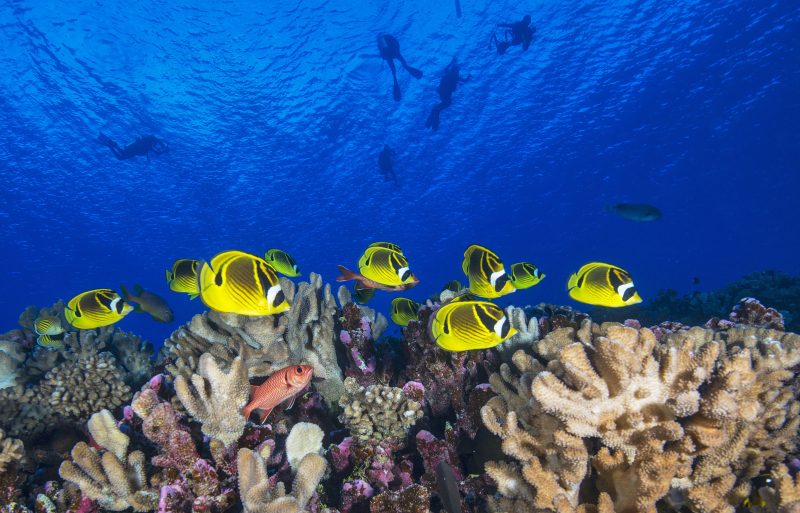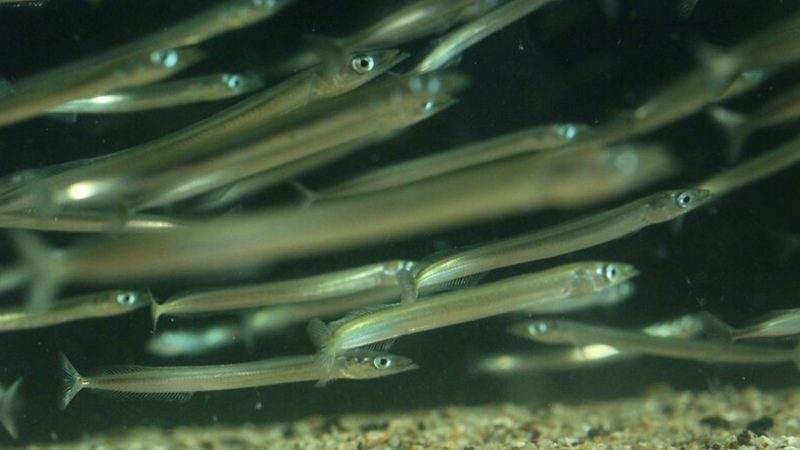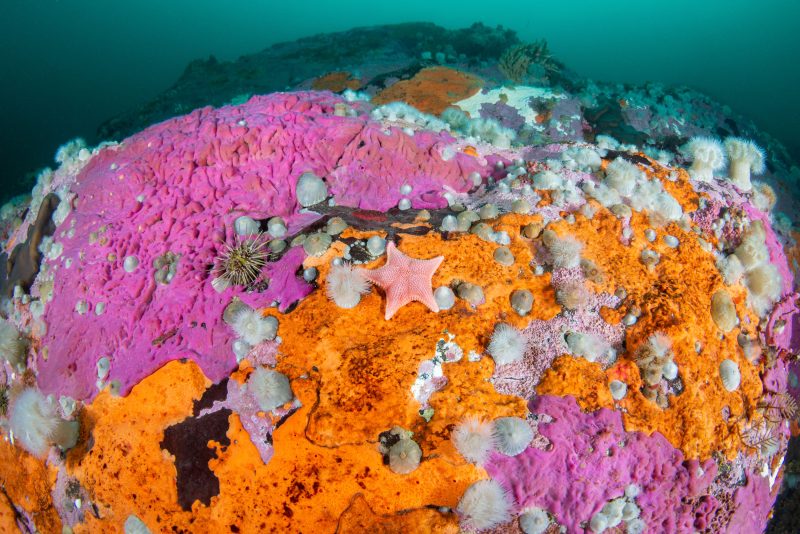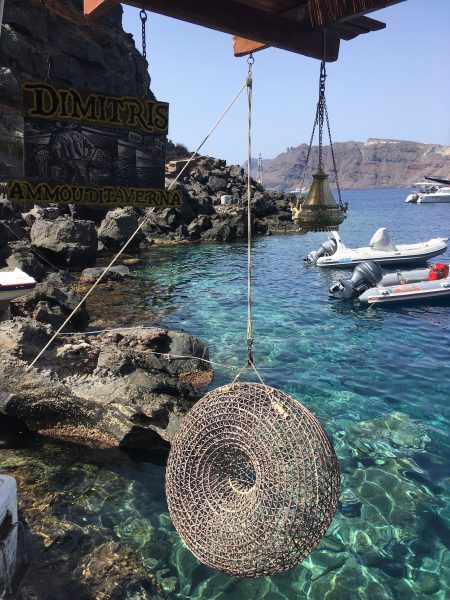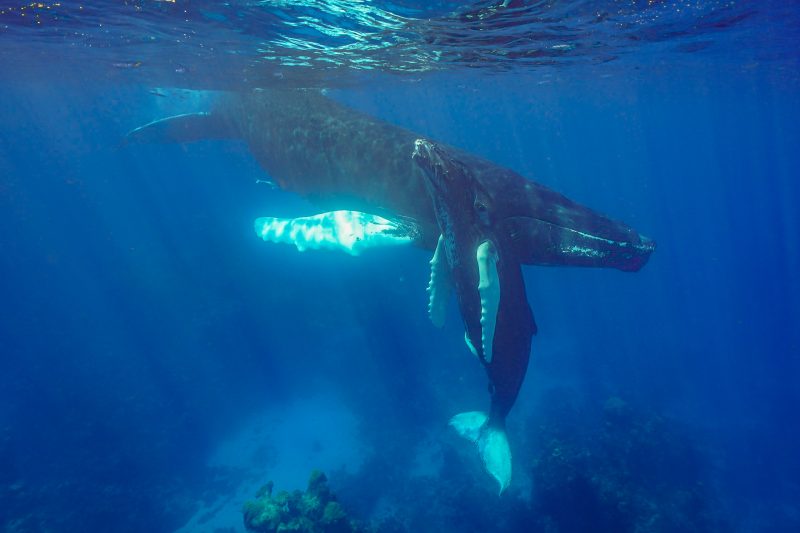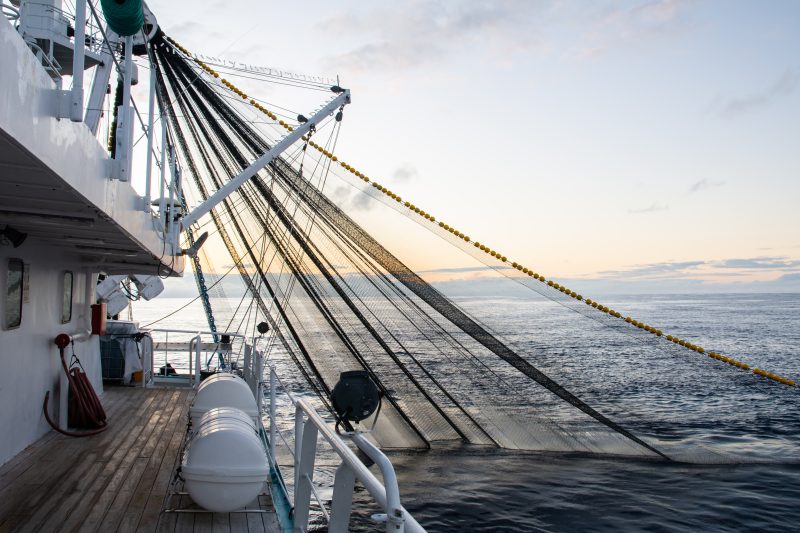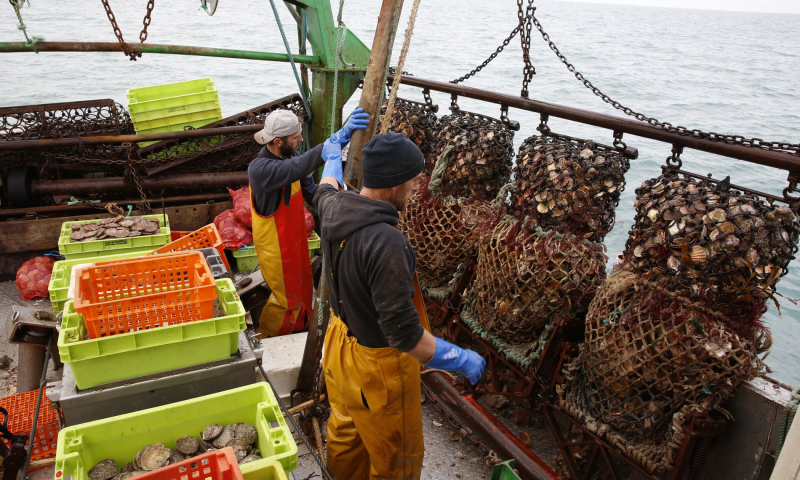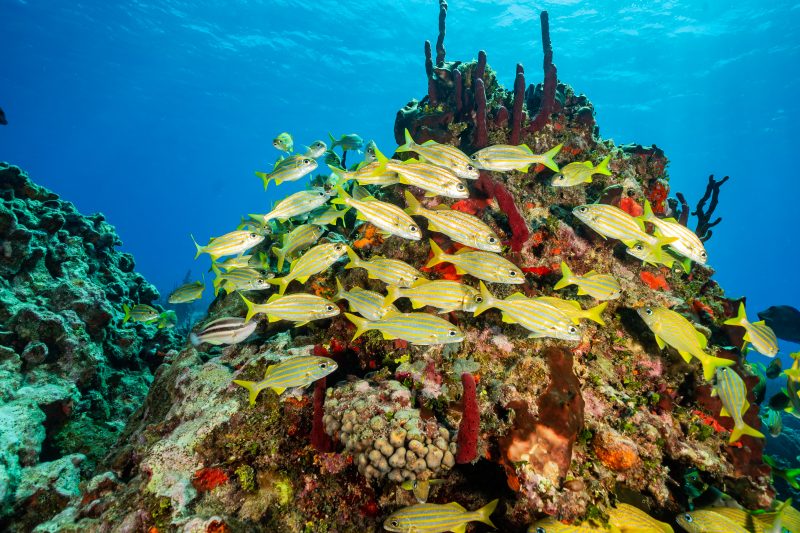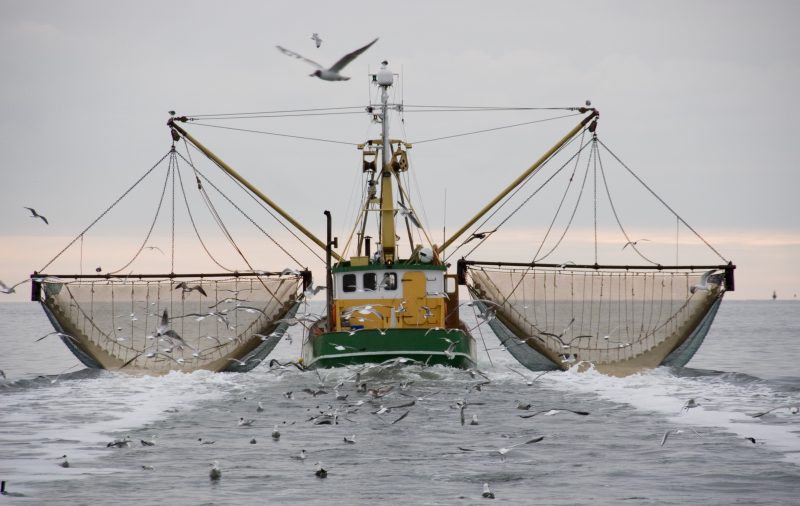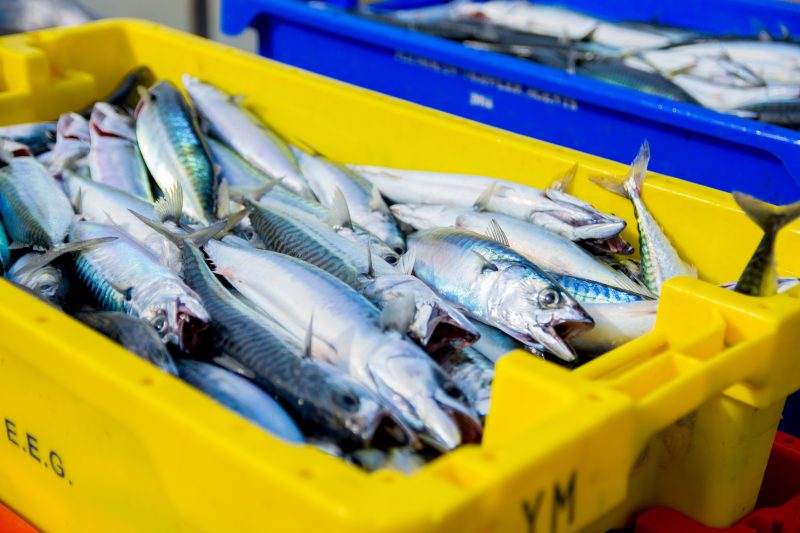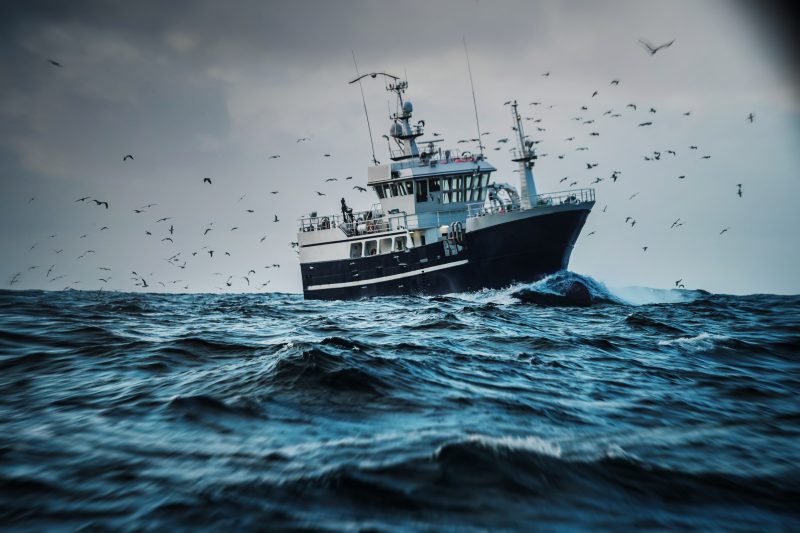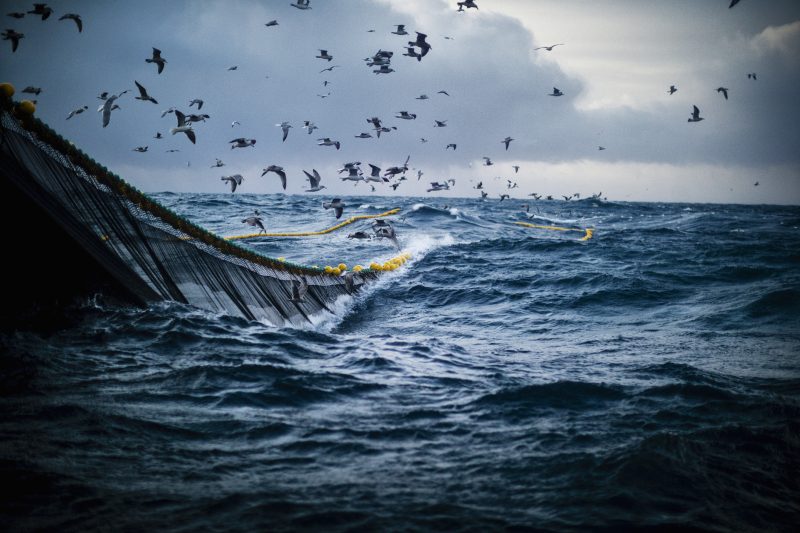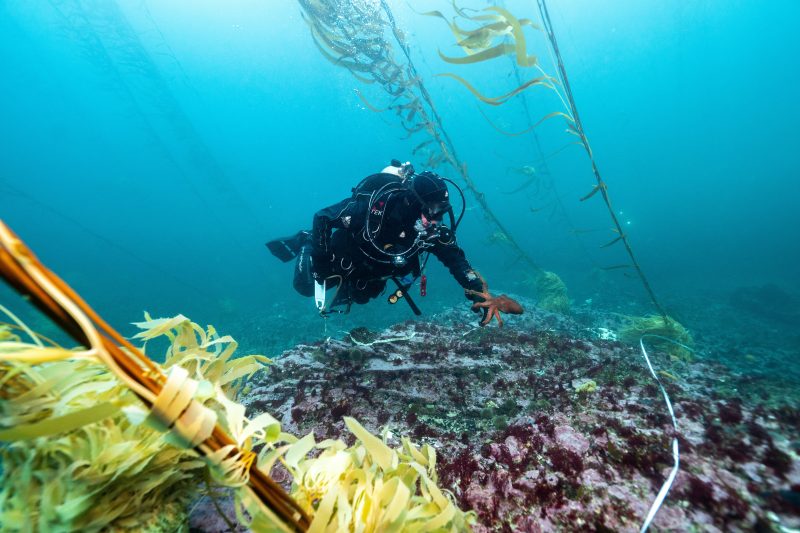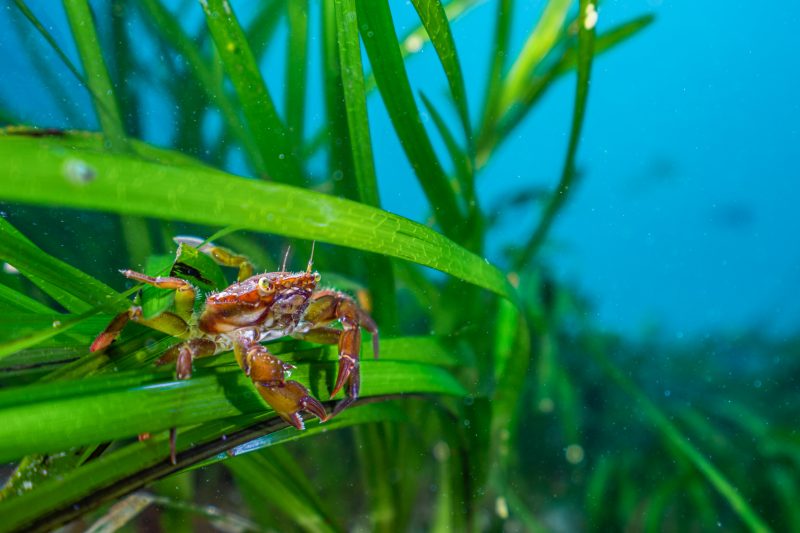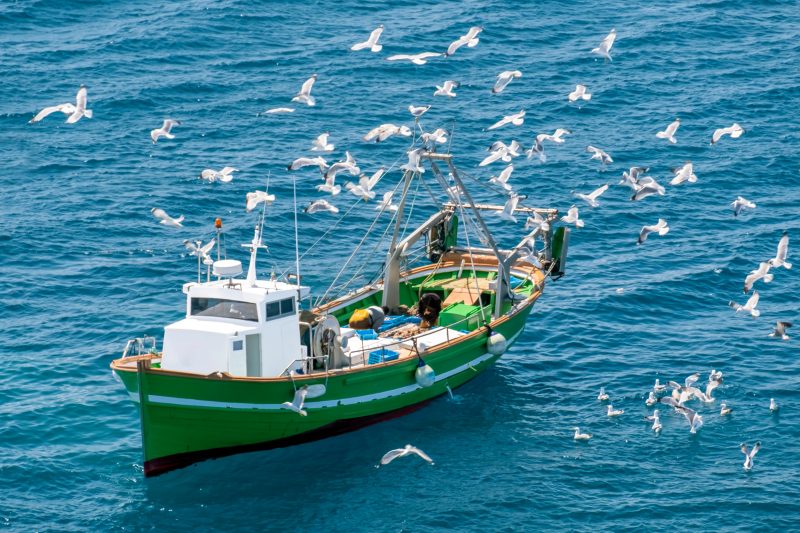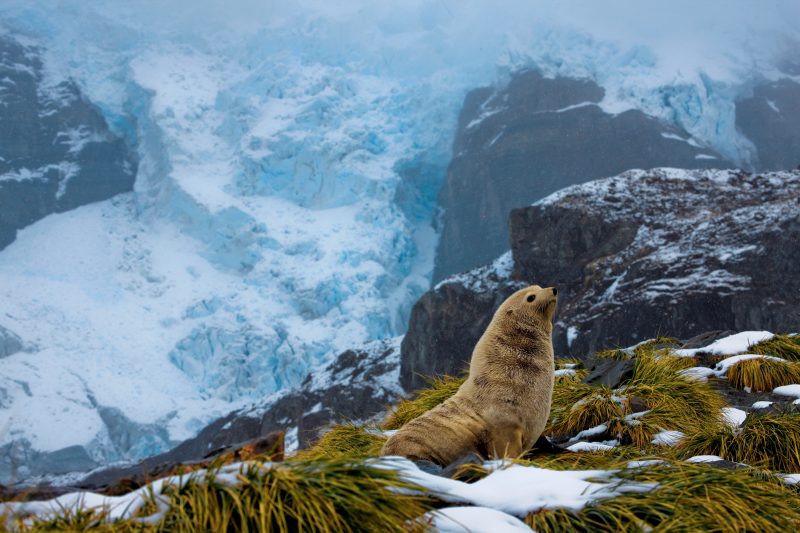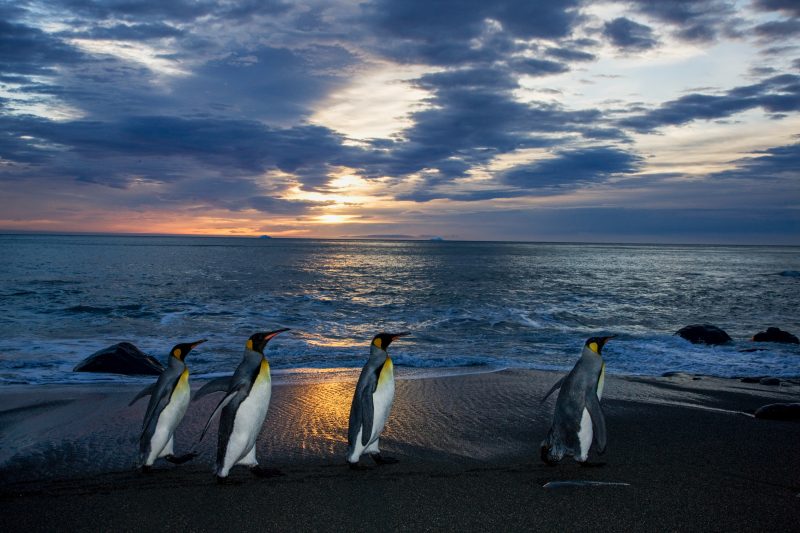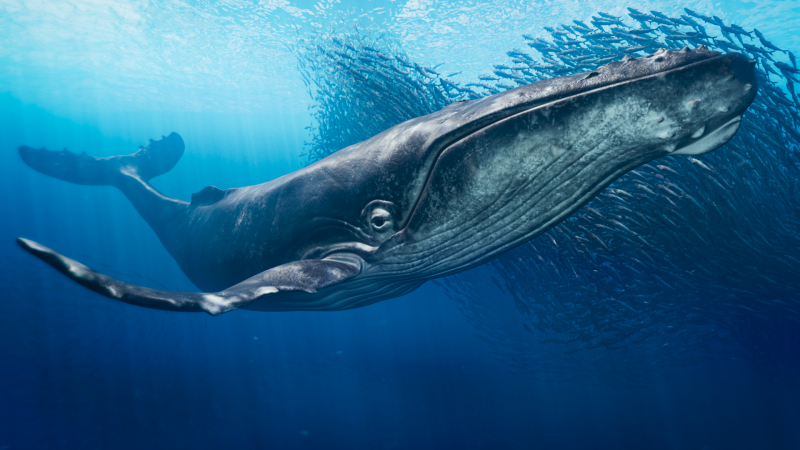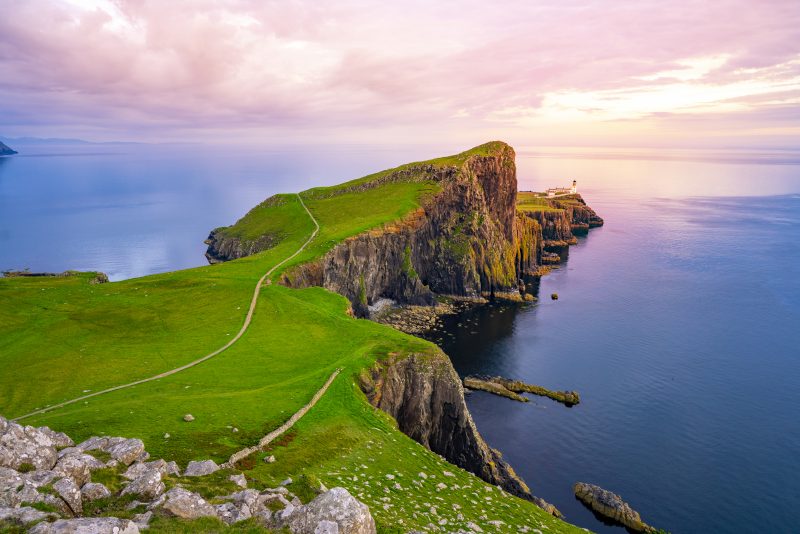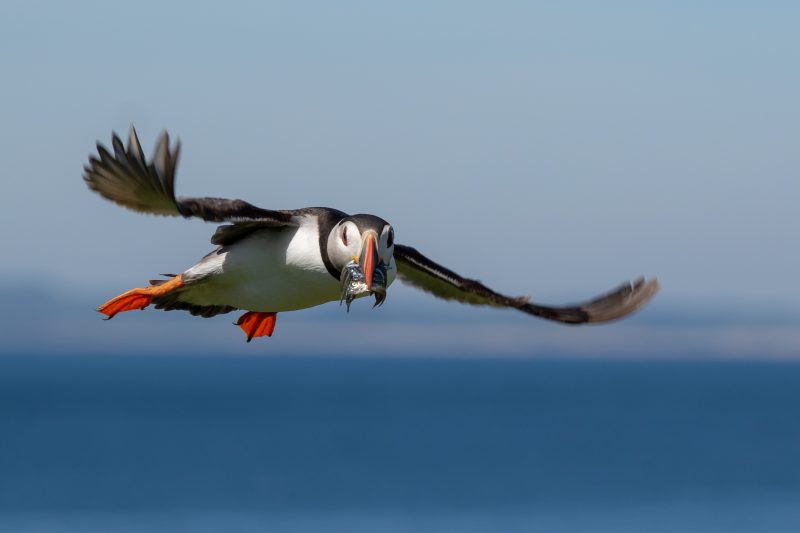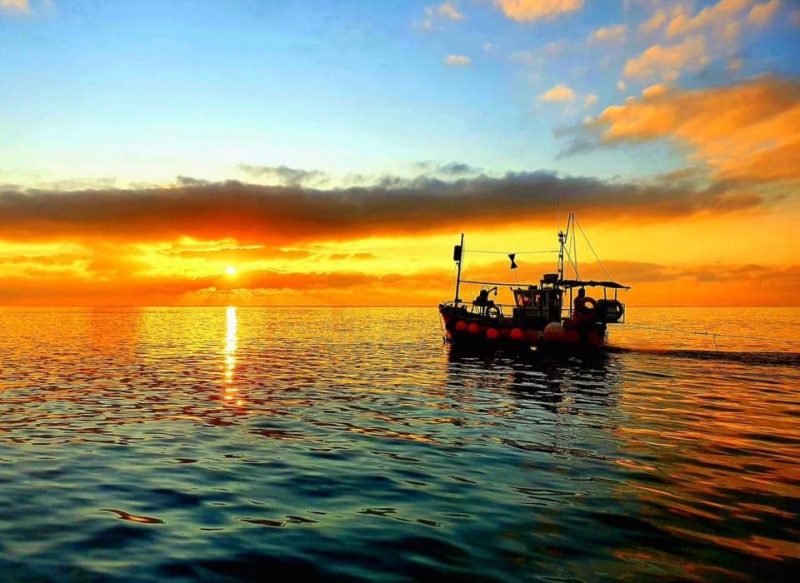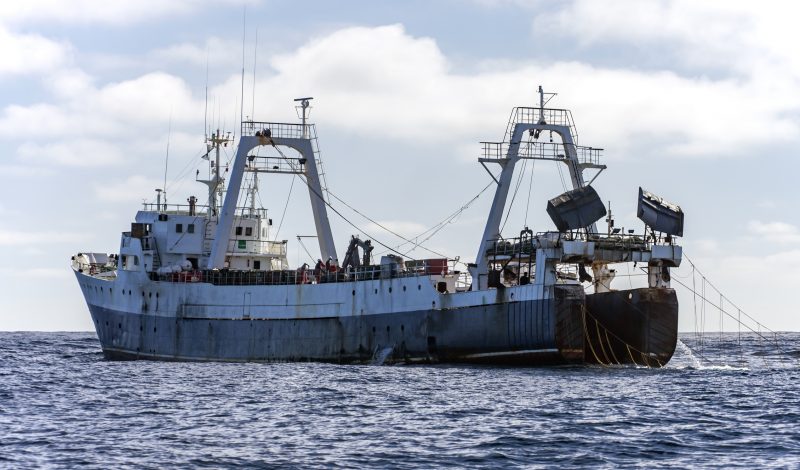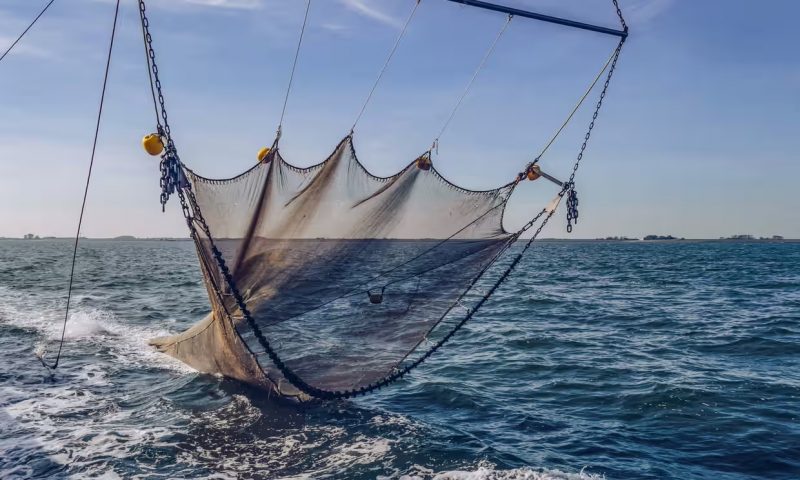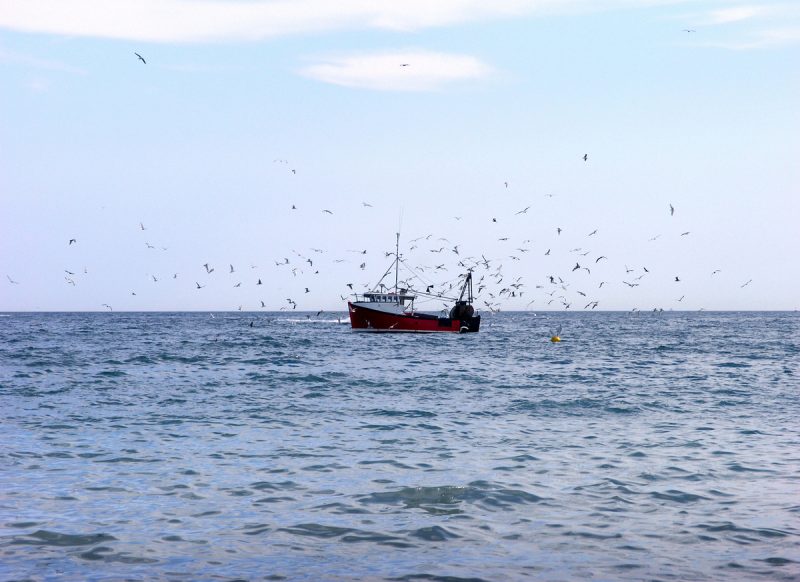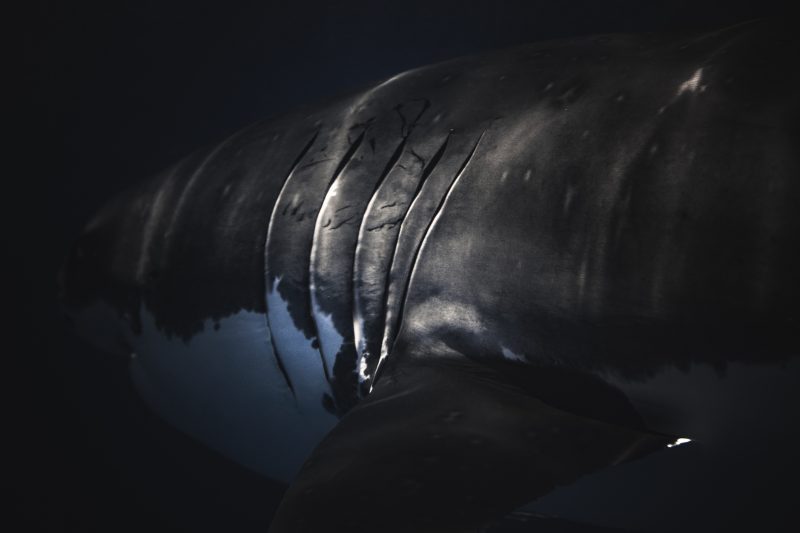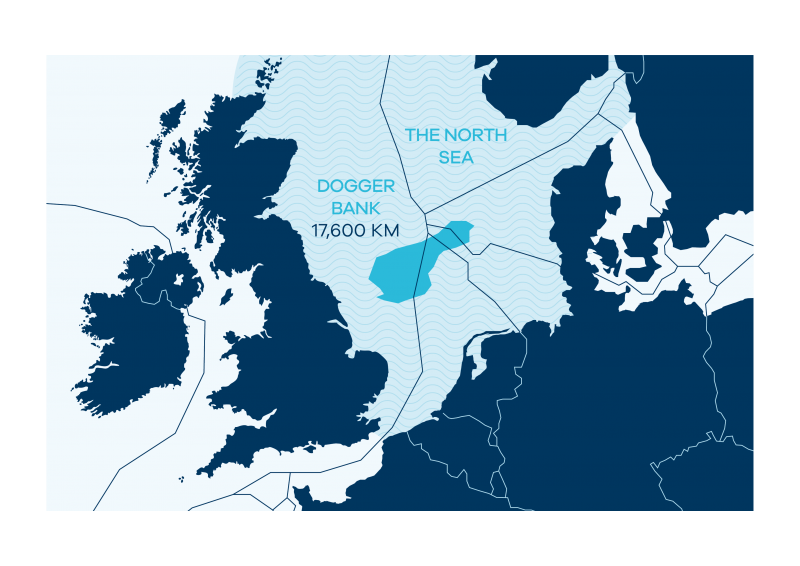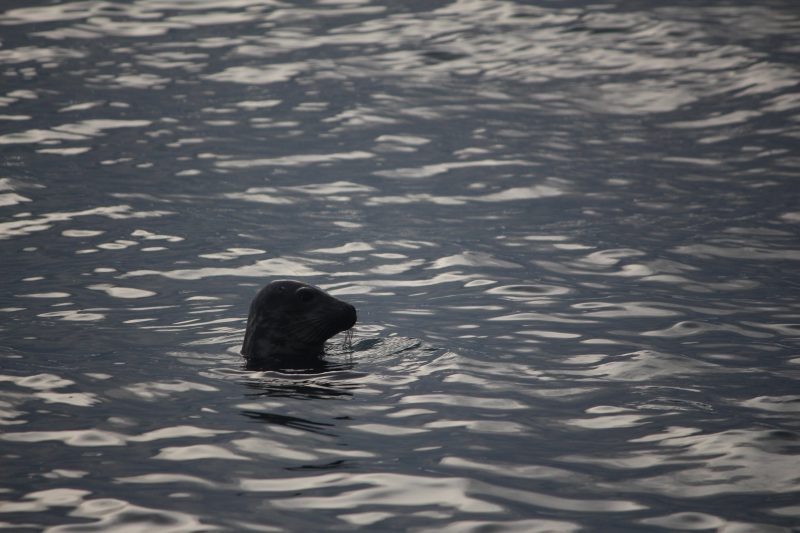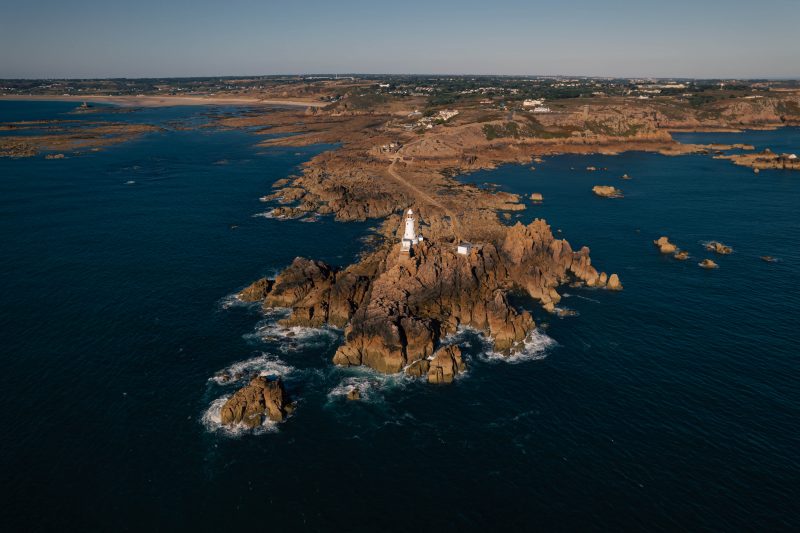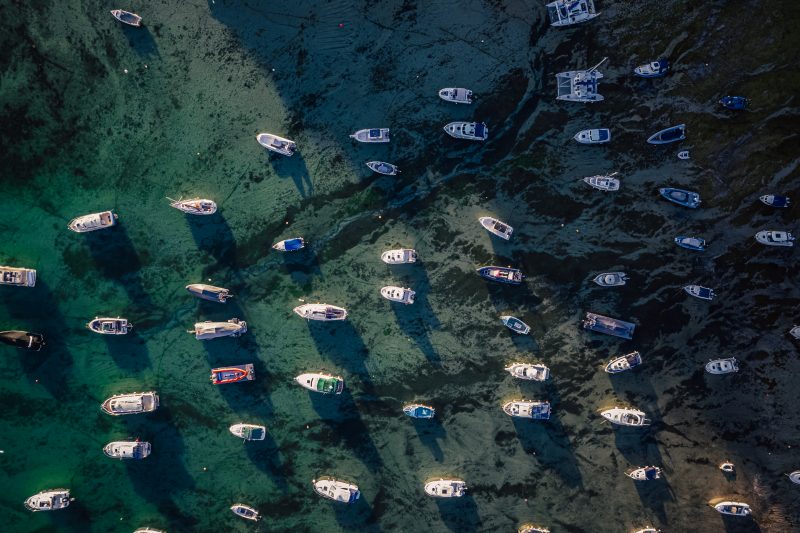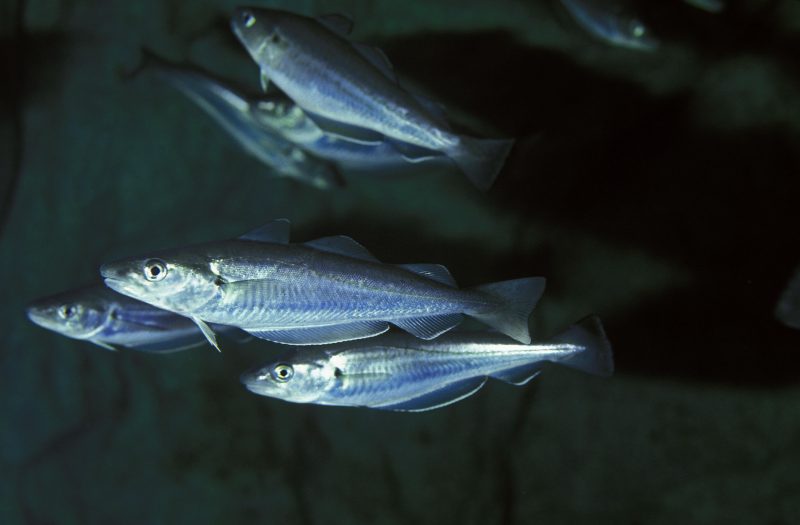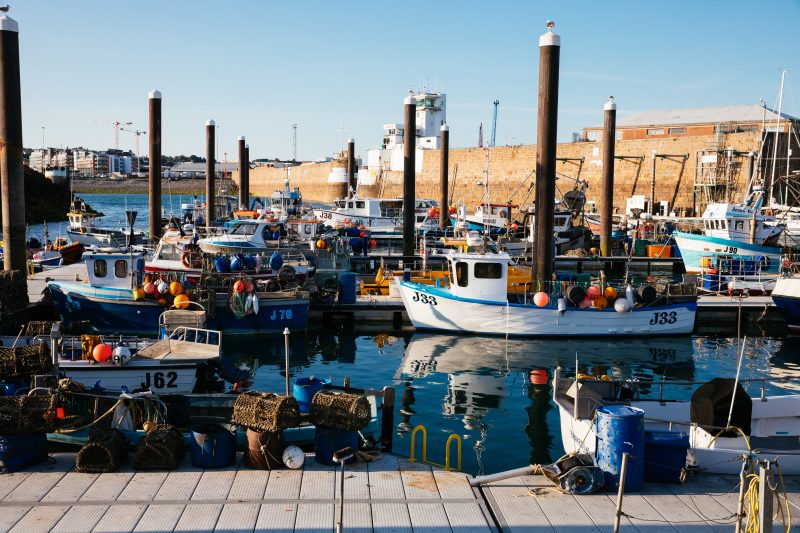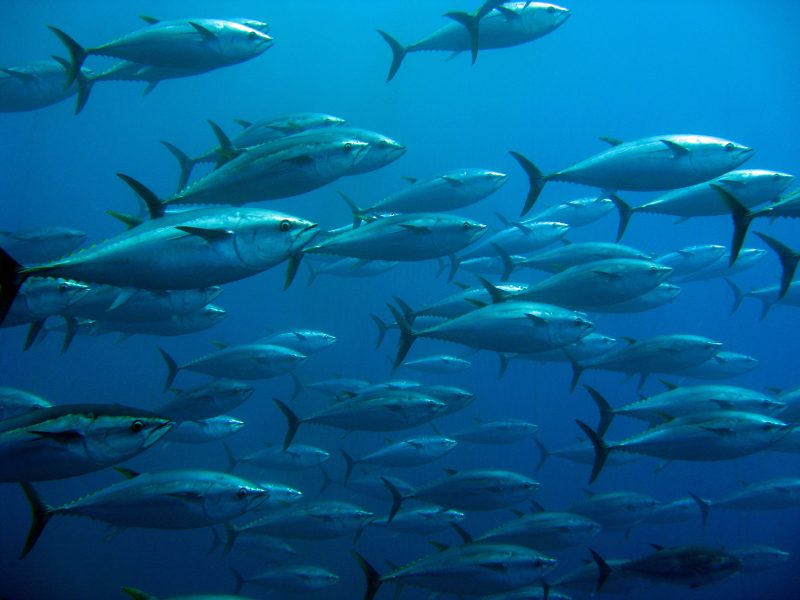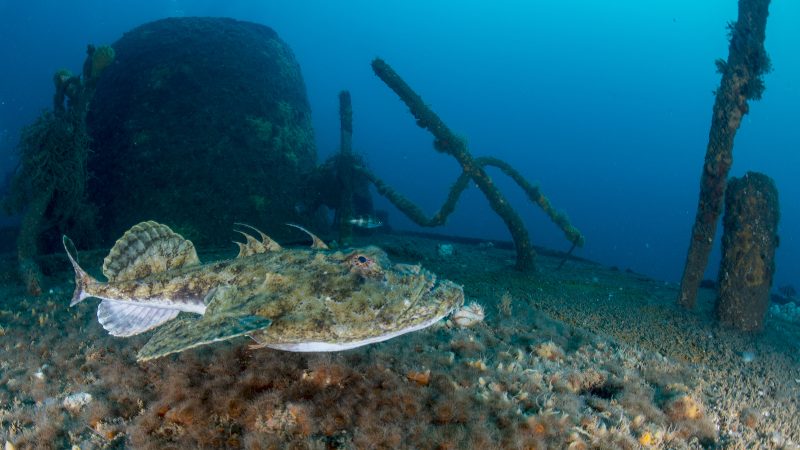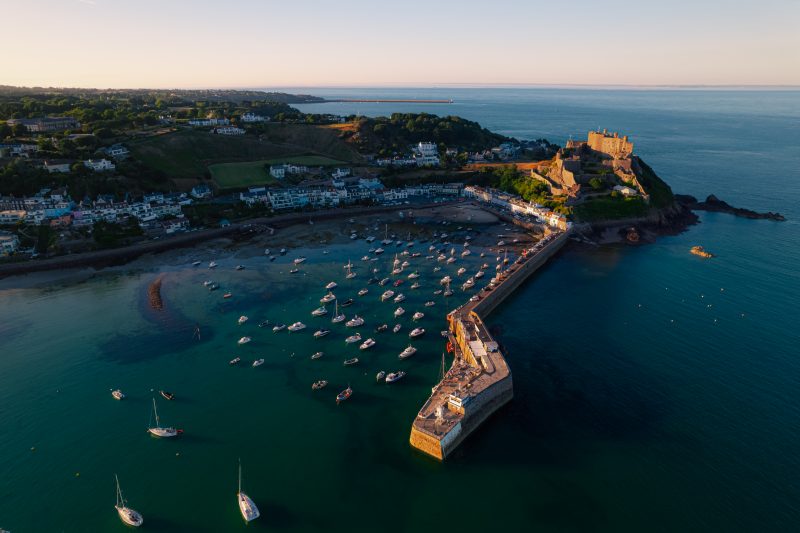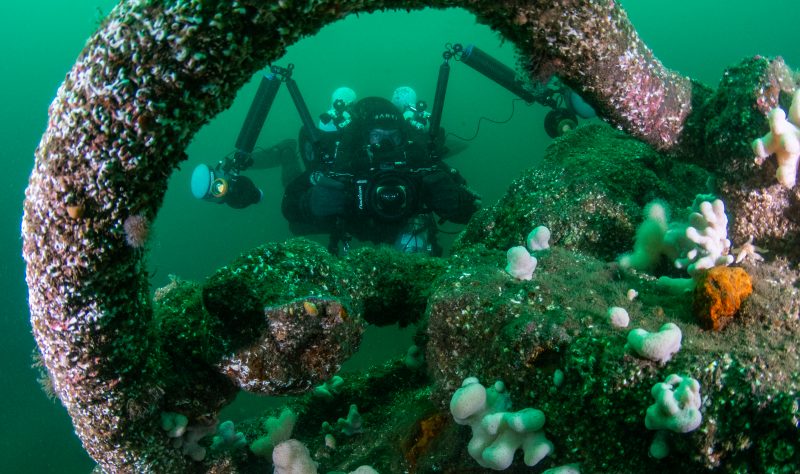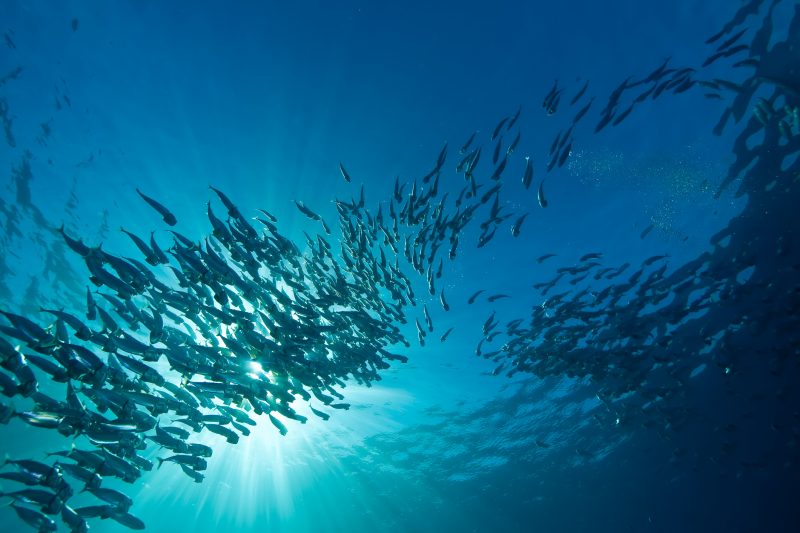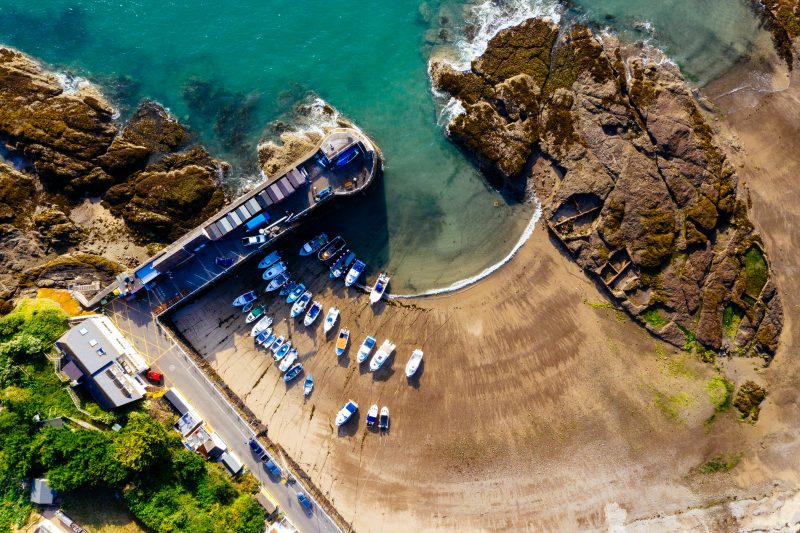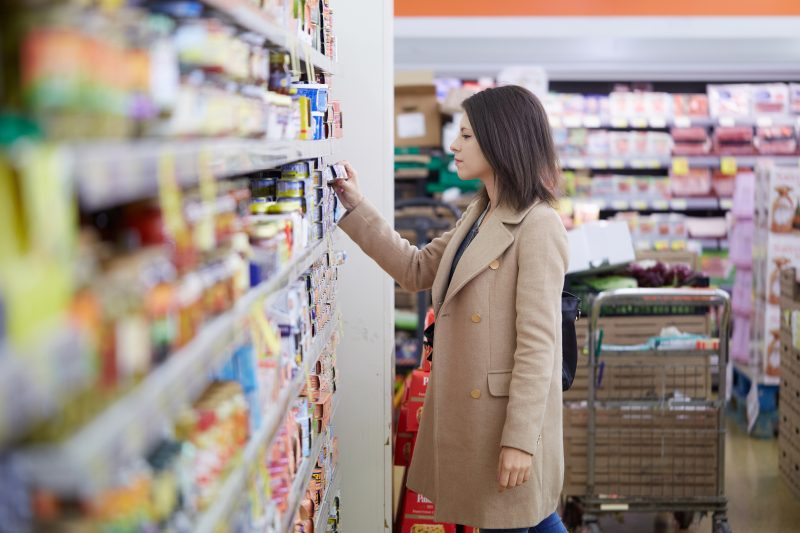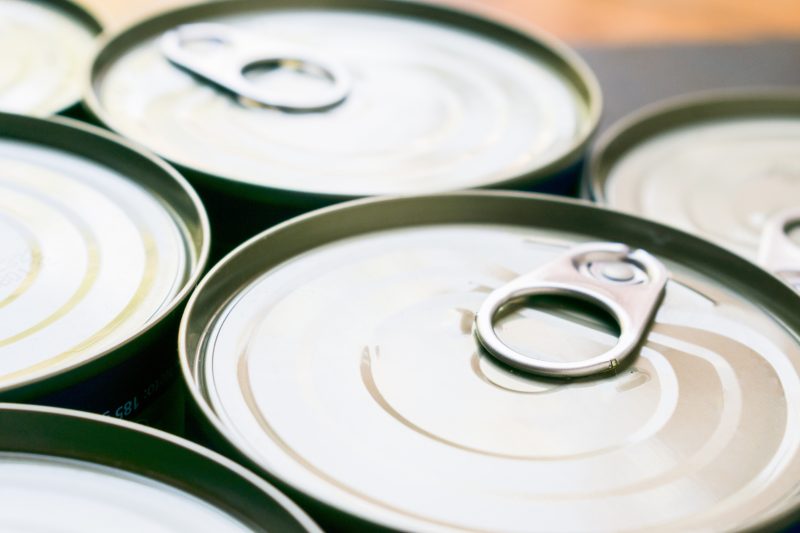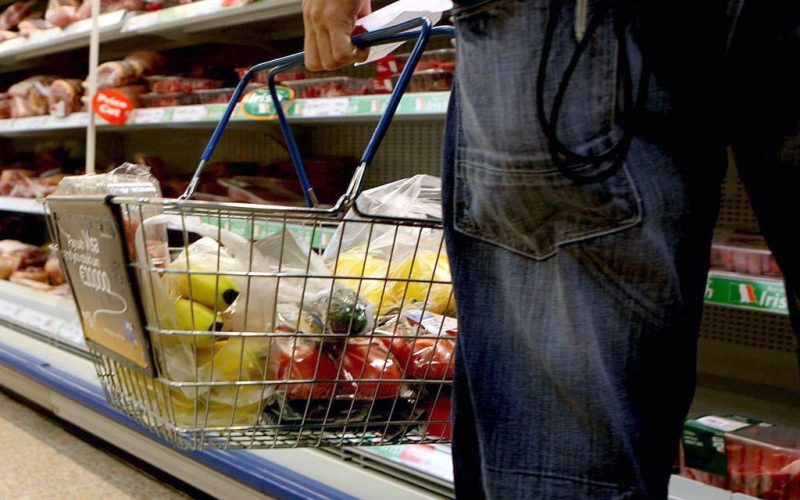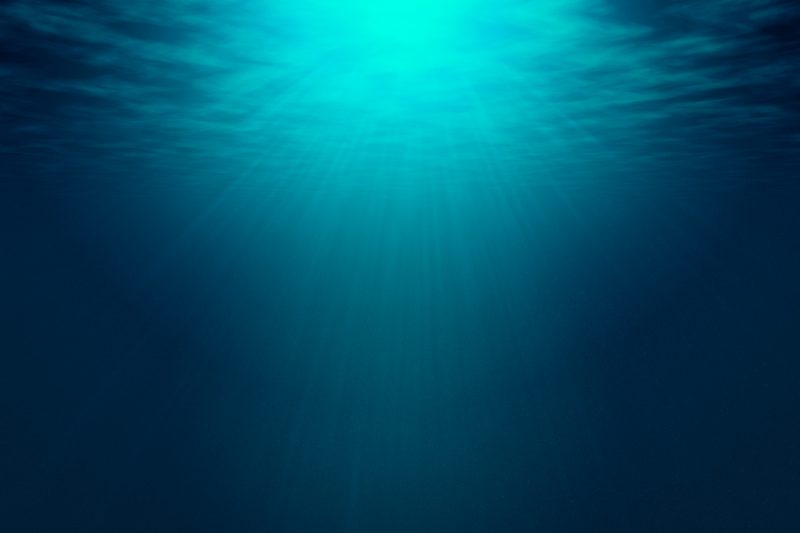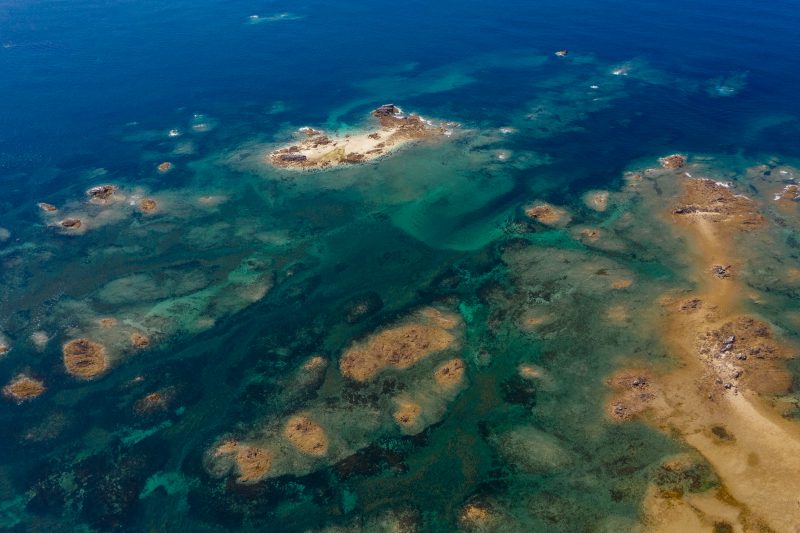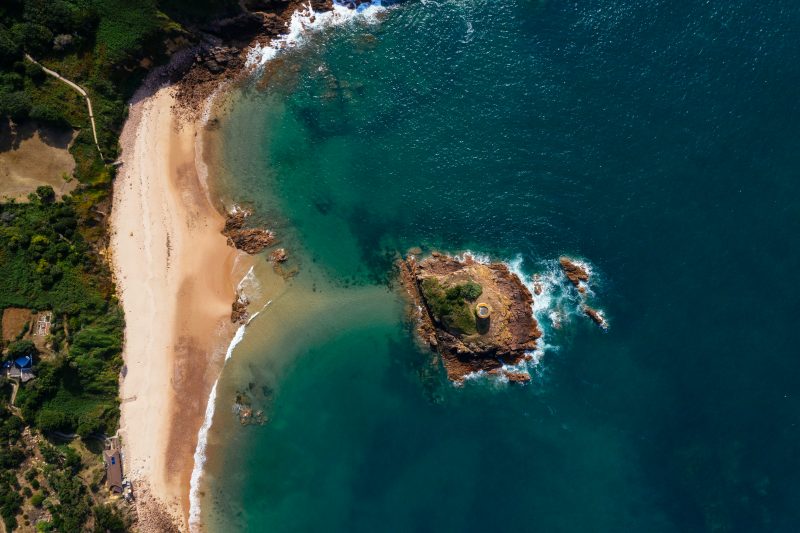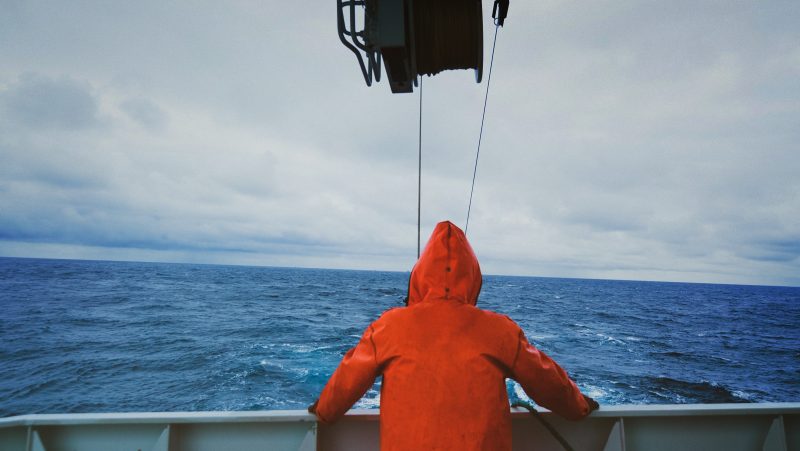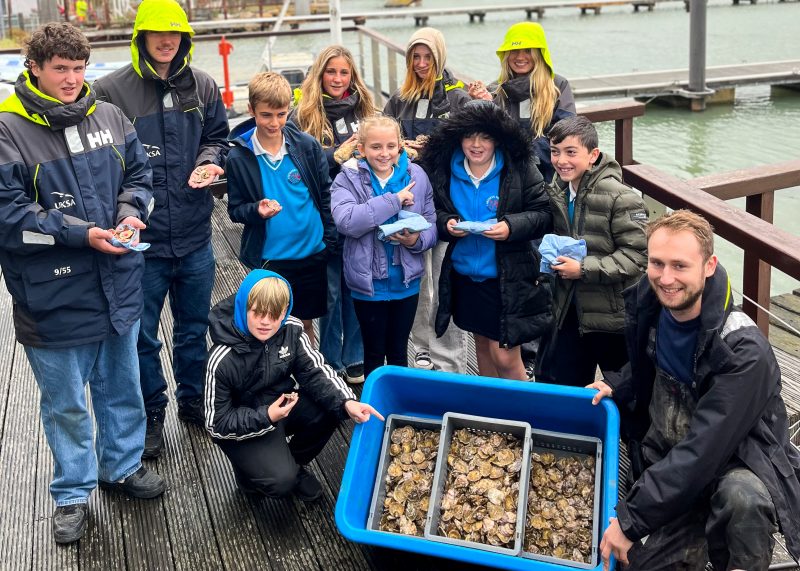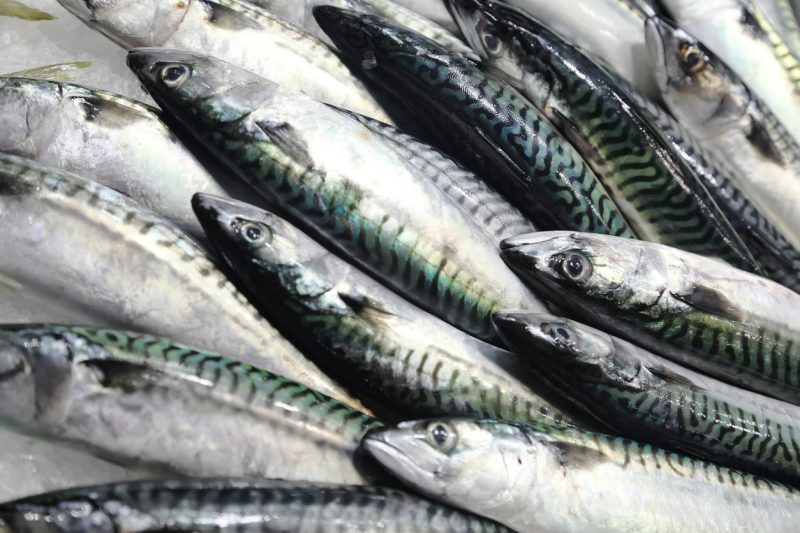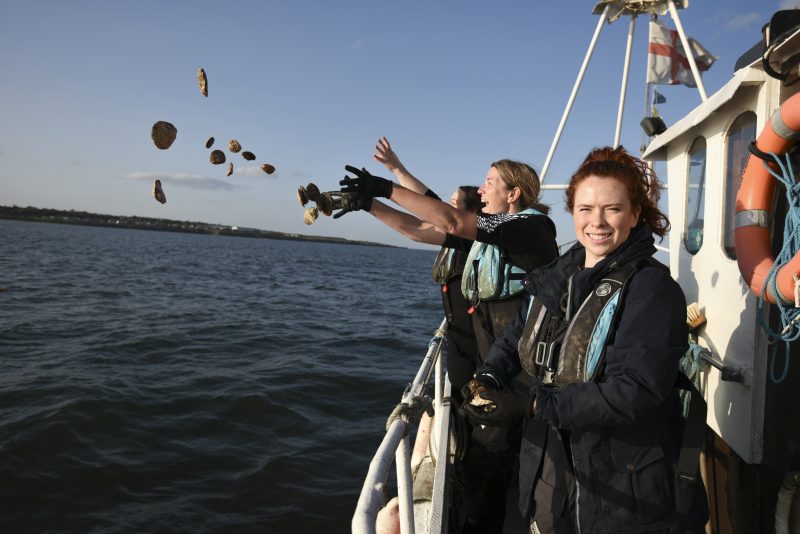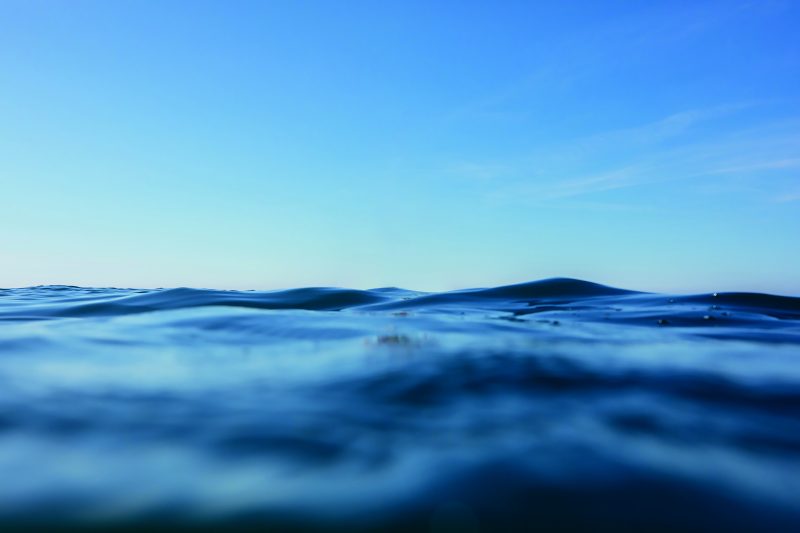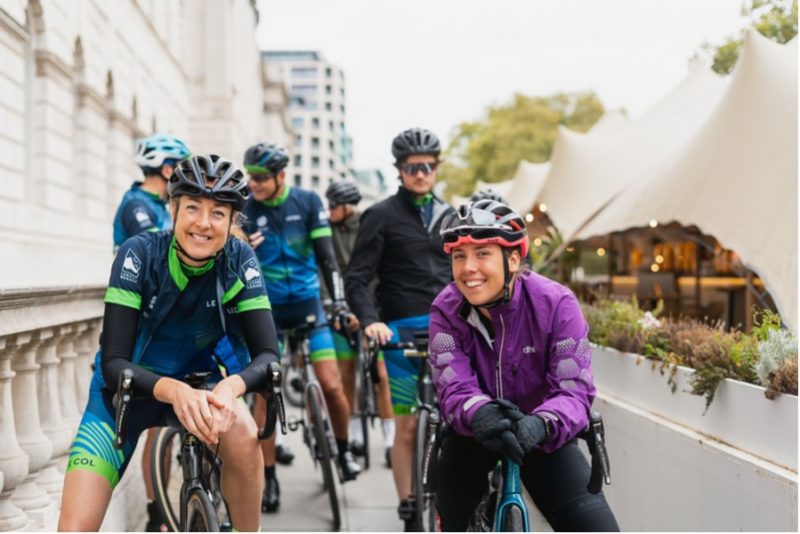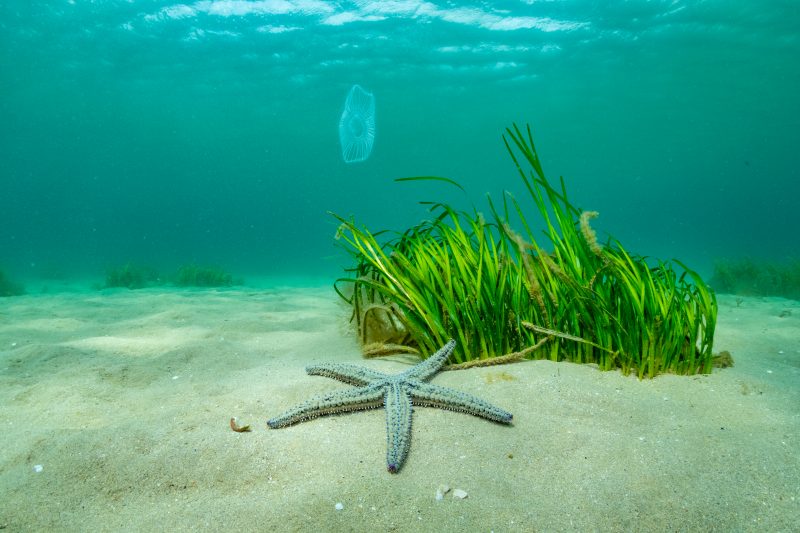With a rising population demanding ever more fish and the oceans dangerously depleted, farmed fish would seem an obvious solution. But the problem with conventional aquaculture is that it uses ‘feeder fish’, caught in the wild and thus further depleting global fish stocks. Now a Chilean company has used gene technology to create a substitute food and its salmon is now recognised as a good choice by Monterey Bay Aquarium’s Seafood Watch guide. Scott Nichols, director of Verlasso, explains a controversial breakthrough:
The advice from health experts is clear; fish play a crucial role in a healthy diet. Newly proposed dietary guidelines in the United States recommend we eat 225 grams of fish weekly (compare this to a Big Mac’s 214 grams). And for good reason. Public Health scientists say that coronary death risk would diminish by 36% and total mortality by 17% if we all ate two servings of oily fish weekly.
But the numbers won’t add up. Seven billion of us eating 225 grams of fish each week means worldwide annual consumption of 82 million tonnes. Our current catch is about 70 million tonnes (this excludes the small fish processed into fish oil and fish meal).
Ocean scientists are very clear, however, that we cannot capture more wild fish. The Food and Agriculture Organization of the United Nations tells us 90% of our fisheries are harvested at or above their sustainable limits. The obvious conclusion is that hunting wild animals is, in the ocean as on the land, a completely unsustainable way to provide an ongoing source of human nutrition.
Our habits have driven us well past the peak of fish the world has to offer. We must figure out how to preserve our oceans while also expanding our fish supply to meet the nutritional needs of a growing population.
These are two different issues. We conflate them regularly and we do so at our peril. Until we see two distinct problems requiring different approaches, we will solve neither.
The former demands that we immediately decrease the unrelenting pressure on wild fish. It’s neither feasible to capture more wild fish nor is it realistic to expect harvests to remain at their current levels. Mitigating the pressure on wild fish can happen through many approaches such as fisheries policy and the creation of marine protected areas. Such measures will diminish the amount of wild caught fish available to us for the foreseeable future.
So our situation is this: we need more fish and we need to reduce the amount we capture.
What’s the answer? Aquaculture. But only if aquaculture results in the net production of fish raised through sustainable practices.
Some definitions are warranted here. By sustainability I mean practicing now in ways that do not diminish our ability to practice in the future. Net production of fish means that aquacultural operations must result in the increase in fish biomass on the planet. This calls to question capturing wild fish to feed to farmed fish.
Many species of farmed fish are carnivorous. Traditionally they consume diets containing fish oil and fish meal rendered from wild caught fish such as anchoveta. In the case of farm raised salmon it takes about 3 kg of wild caught fish to provide the fish oil needed to raise 1 kg of salmon. (A fish in/fish out ratio of 3:1.)
A 3:1 fish in/fish out ratio certainly doesn’t meet aquaculture’s “net production” requirement. The reason fish oil is included in salmon diets is for the omega-3 fatty acids they contain. For salmon omega-3 are not simply nice-to-have. They are a must-have.
At Verlasso we address the sustainability and net production needs with new practices that break the reliance on and depletion of feeder fish yet still continuing to provide the omega-3 salmon need.
In the ocean algae produce omega-3s. Then, as one thing eats another rising up the food chain, omega-3s eventually accumulate in feeder fish. In turn, they are either eaten by wild salmon or processed to fish oil and fish meal for farmed salmon.
We have taken the genetic omega-3-producing capability of the algae and transferred it to yeast. This process is a genetic modification so the yeast is a genetically modified microbe that makes omega-3s exactly as the algae do.
The process for growing the yeast microbes is a lot like the process of brewing beer only, in our case, we collect the yeast rather than the surrounding liquid.
To make the feed for our salmon, other ingredients such as proteins, oils and vitamins are mixed with the yeast that comprise about 10% of the diet. With this menu, we ensure that the salmon continue to get the omega-3 oils that are essential for them (and good for us).
Crucially, we dramatically diminish pressure on wild fisheries by reducing our dependence upon the feeder fish. This means that our fish in/fish out is no longer 3:1 but less than 1:1, thus meeting both of the strictures suggested above that define the proper development of aquaculture.
The future of seafood in our diets can’t be taken for granted. We must develop responsible aquaculture practices that are harmonious with the environment coupled with assertive efforts to return fisheries to health. If we do this, we will be able to have our fish and eat them too.

